
Celtic Jewelry (Homepage) |

|
| Ireland Navigation Bar |
| Ireland |
| Irish Humour |
| Ancient Ireland |
| Ireland Travel |
| Ireland Weather |
| Irish Cottages |
| Irish Castles |
| Irish Landscapes |
| Irish Seascapes |
| Hook Head |
| Waterford City |
| Waterford Villages |
| Kilkenny City |
| Spring Flowers |
 Waterford City - View from Ferrybank |
 REGINALD'S TOWER
REGINALD'S TOWER
|
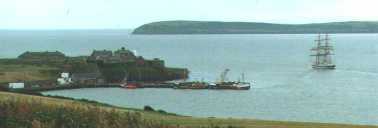 After Cromwell's massacres of thousands of defeated soldiers and citizens, including women and children, at Drogheda and Wexford, the successful defence of the relatively modern fort at Duncannon (shown left), County Wexford , in October/November 1649 delayed Cromwell's ships in their attempt to deploy heavy siege guns against Waterford. By the time Cromwell captured Passage Fort on the opposite bank, allowing his ships access upriver, the ground around Waterford's town walls was too wet from winter rains to support the heavy guns. The town had also been reinforced by Lieutenant-General Richard Farrell and 1,500 of Eoin Roe O'Neill's Ulster troops, and was by now too well defended for the unbreached walls to be stormed. Cromwell's army had also been weakened by disease and by the need to garrison captured towns. So, Cromwell withdrew to winter quarters in Dungarvan, and Waterford became the only town in Ireland to sucessfully withstand an attack personally commanded by Cromwell.
After Cromwell's massacres of thousands of defeated soldiers and citizens, including women and children, at Drogheda and Wexford, the successful defence of the relatively modern fort at Duncannon (shown left), County Wexford , in October/November 1649 delayed Cromwell's ships in their attempt to deploy heavy siege guns against Waterford. By the time Cromwell captured Passage Fort on the opposite bank, allowing his ships access upriver, the ground around Waterford's town walls was too wet from winter rains to support the heavy guns. The town had also been reinforced by Lieutenant-General Richard Farrell and 1,500 of Eoin Roe O'Neill's Ulster troops, and was by now too well defended for the unbreached walls to be stormed. Cromwell's army had also been weakened by disease and by the need to garrison captured towns. So, Cromwell withdrew to winter quarters in Dungarvan, and Waterford became the only town in Ireland to sucessfully withstand an attack personally commanded by Cromwell.

 Old City walls and towers (Watch Tower, Double Tower and French Tower) The slit windows were for archers, the wider windows with round holes at their bases were for small cannon. |
 Beach Tower Anglo-Norman Extension 13th Century? |
 Blackfriars Priory Founded in 1226. |
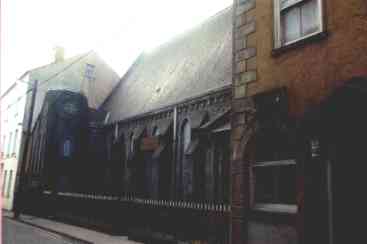
|
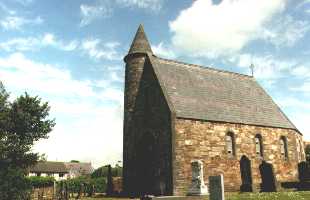 |
 Franciscan Friary with Christchurh spire in left background |
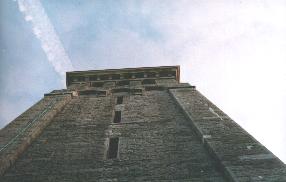 Franciscan Friary |
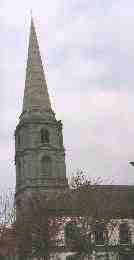 Christchurch Cathedral |
 French Tower Tower is an unusual 3/4 moon shape |
back to Pictures of Ireland |

|